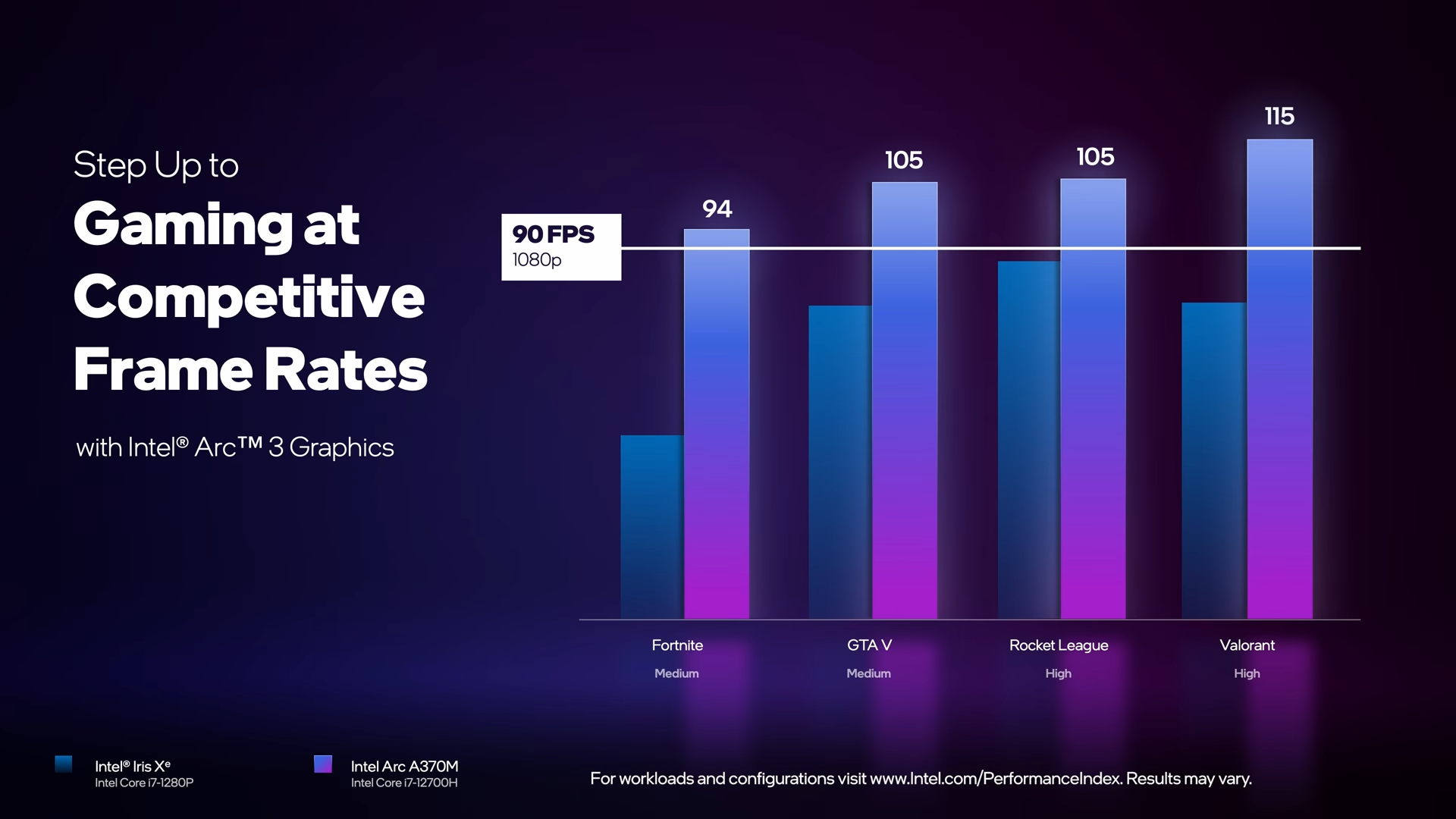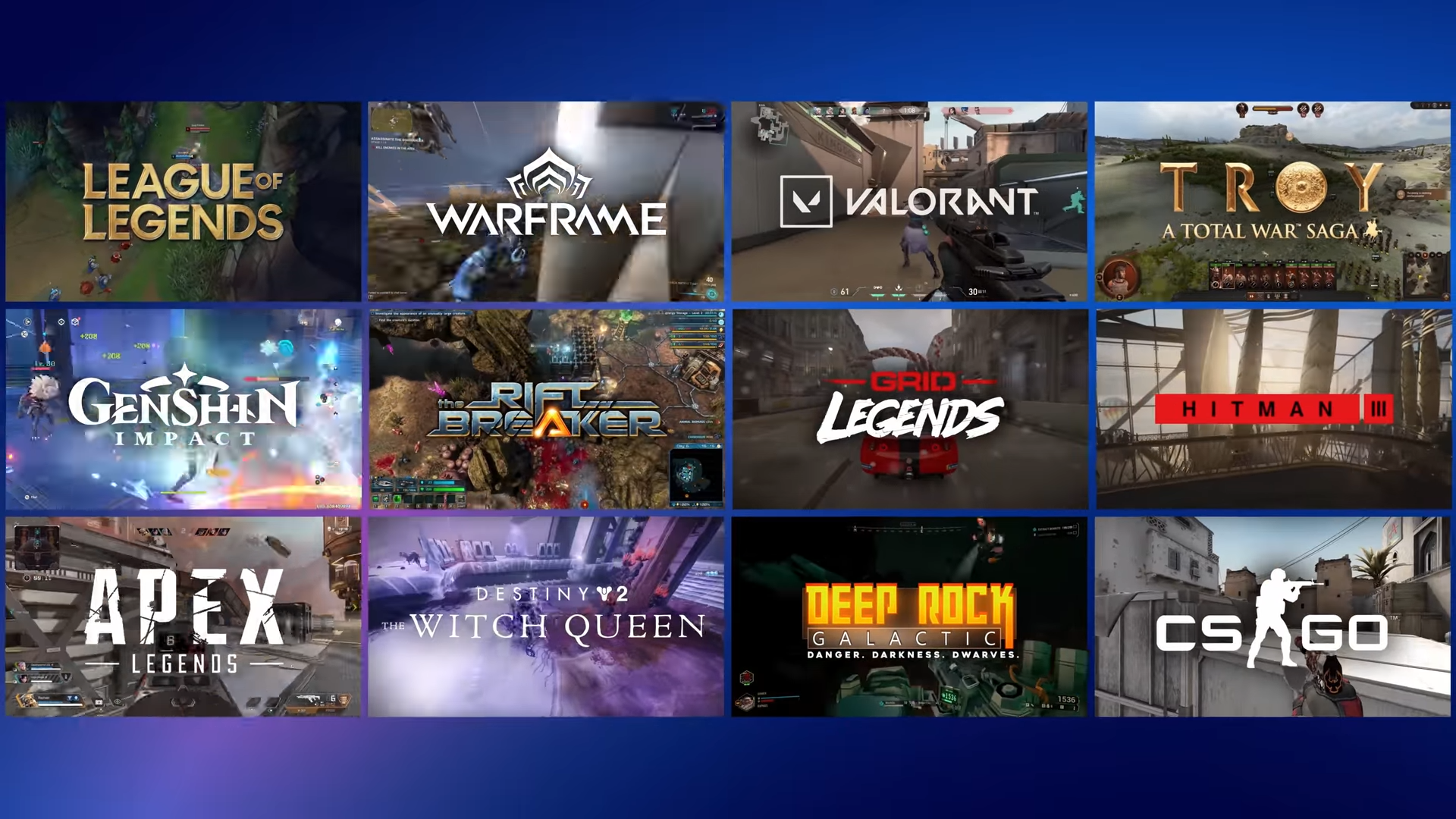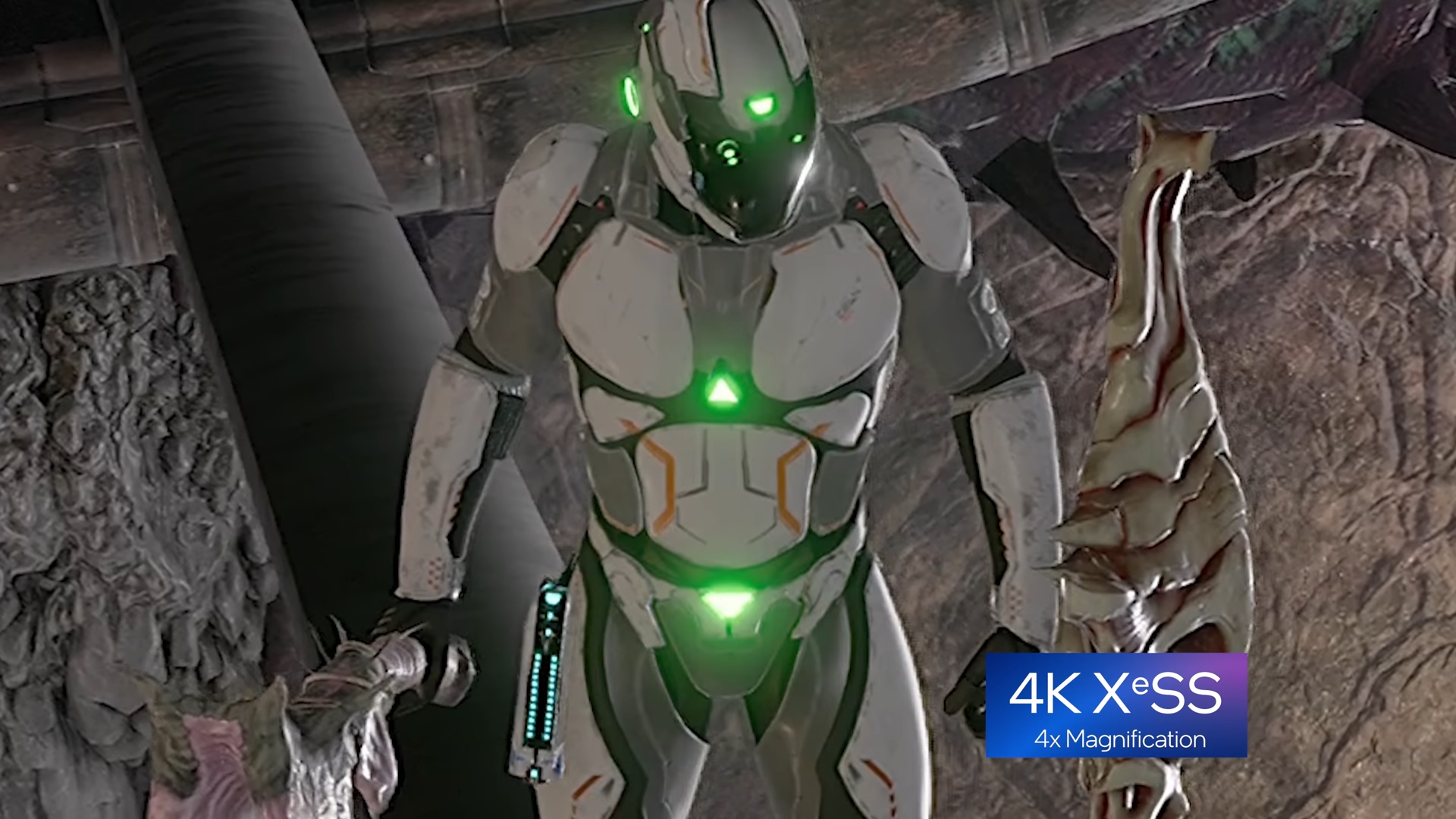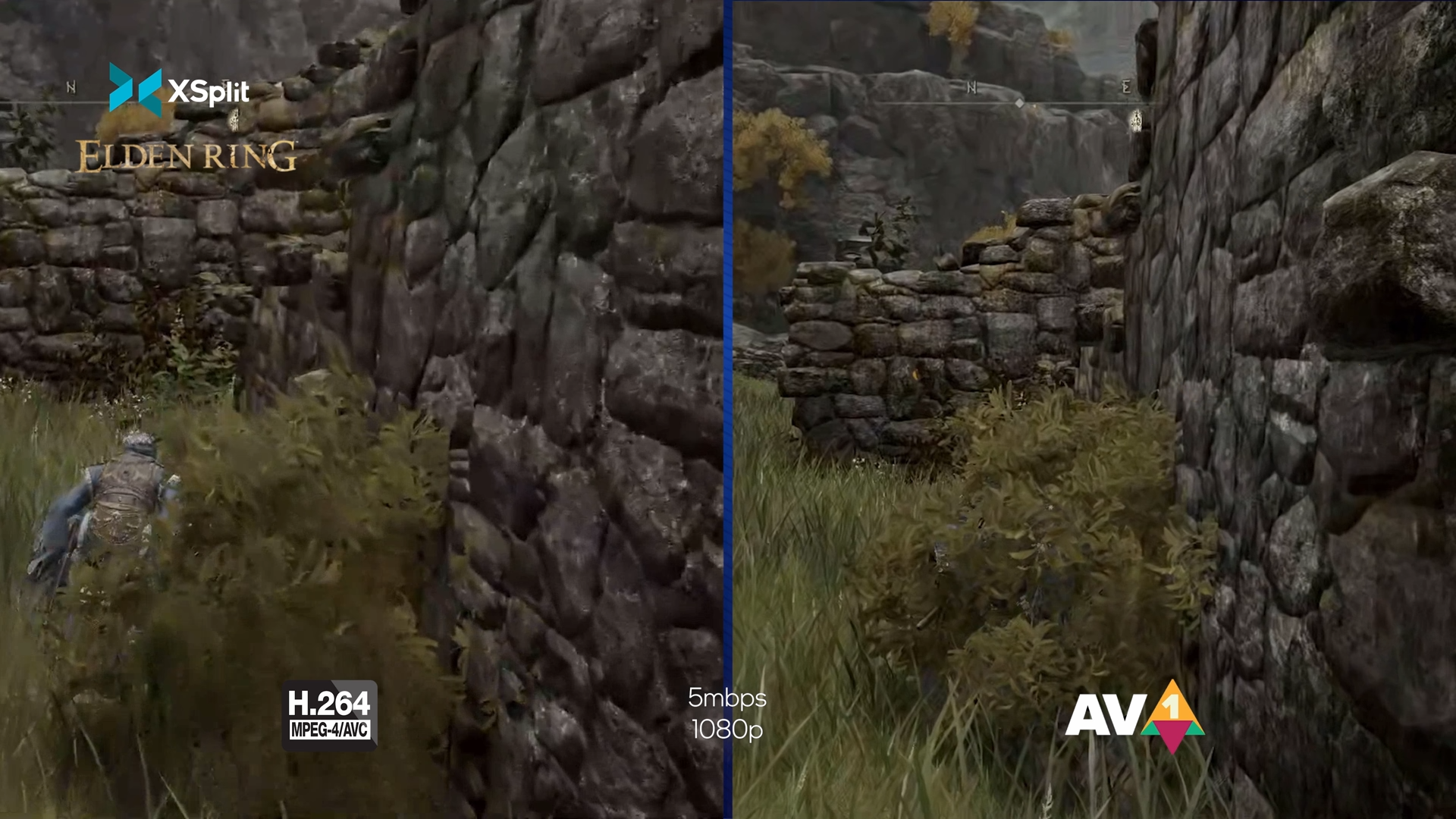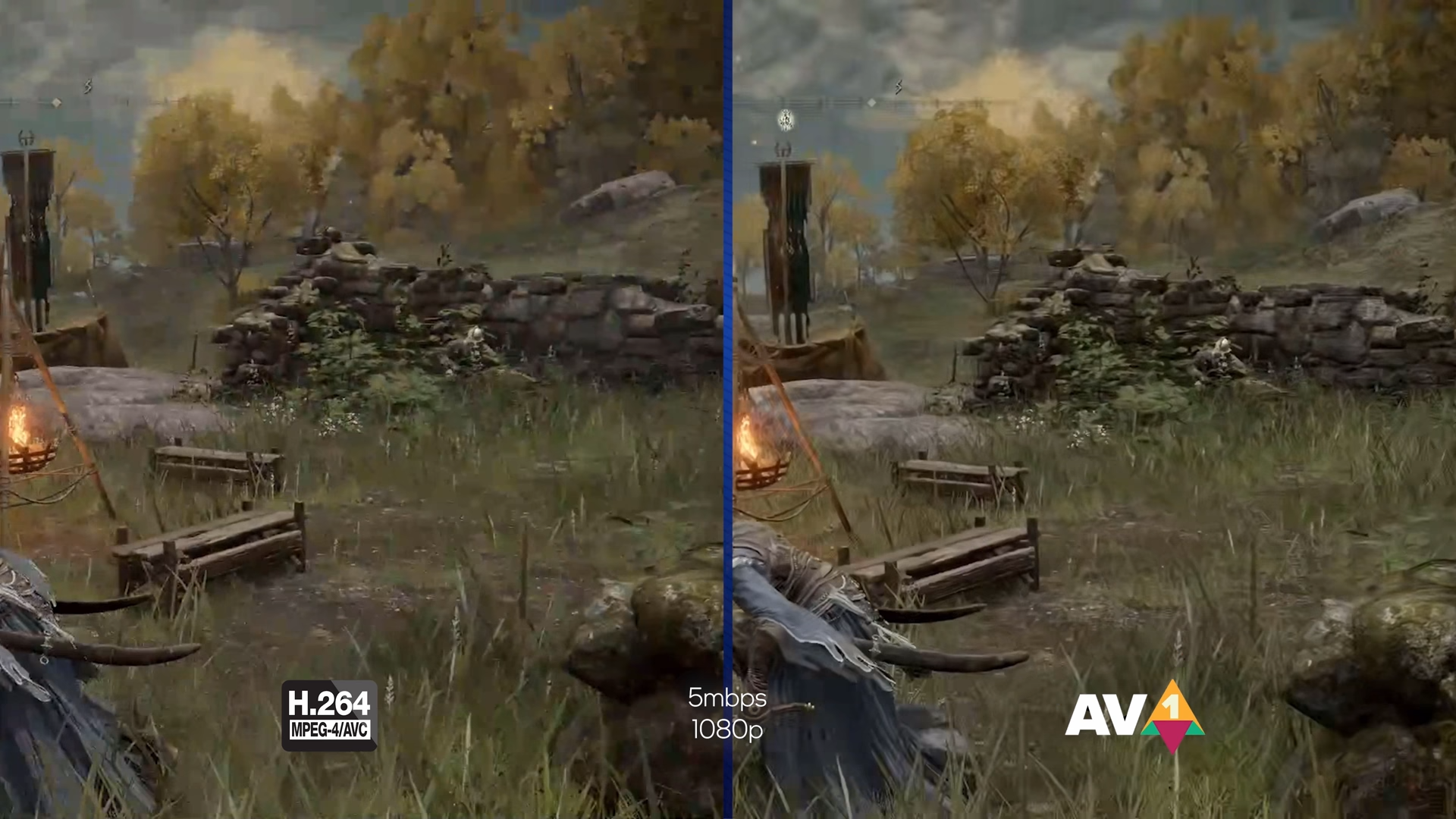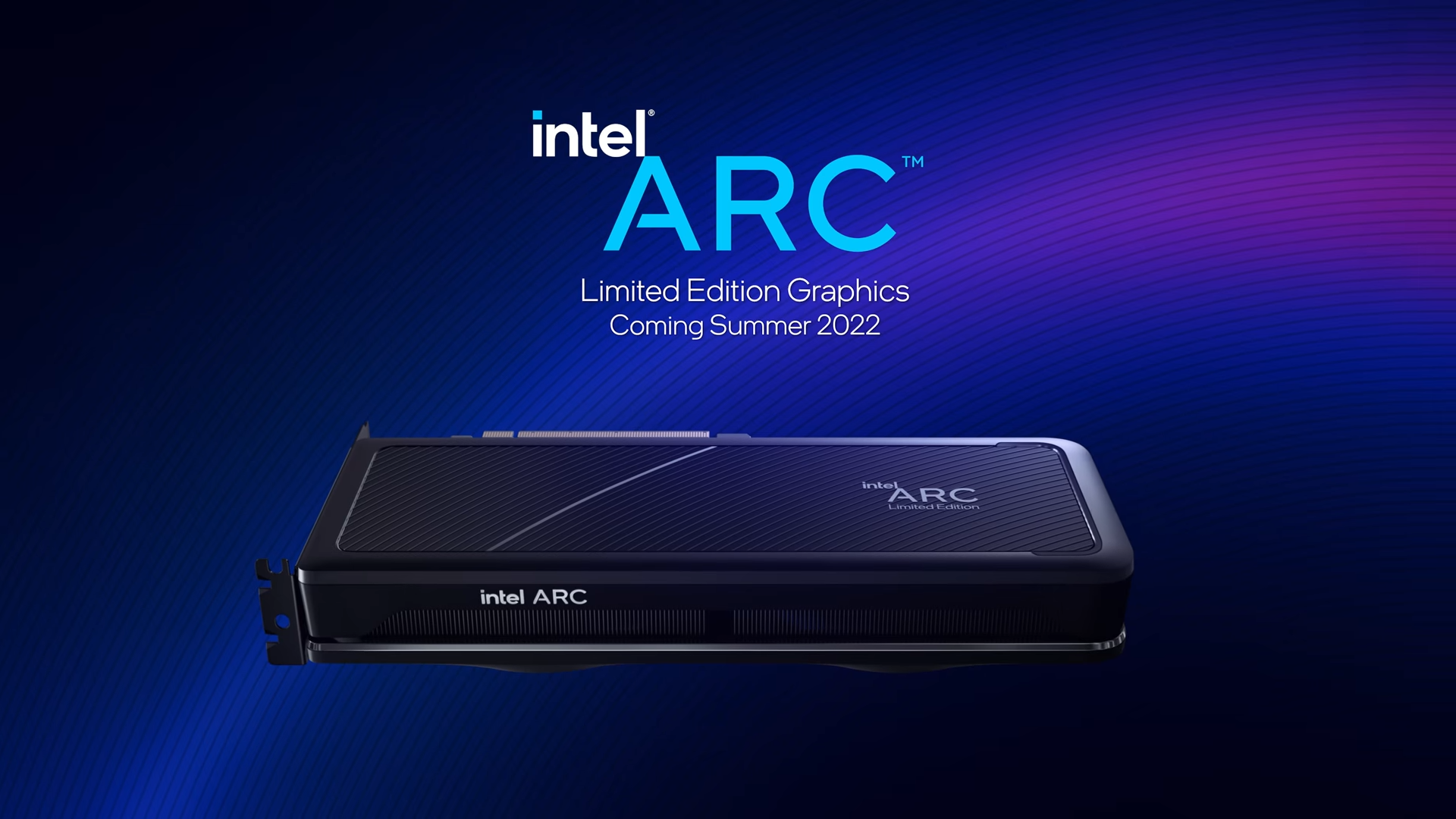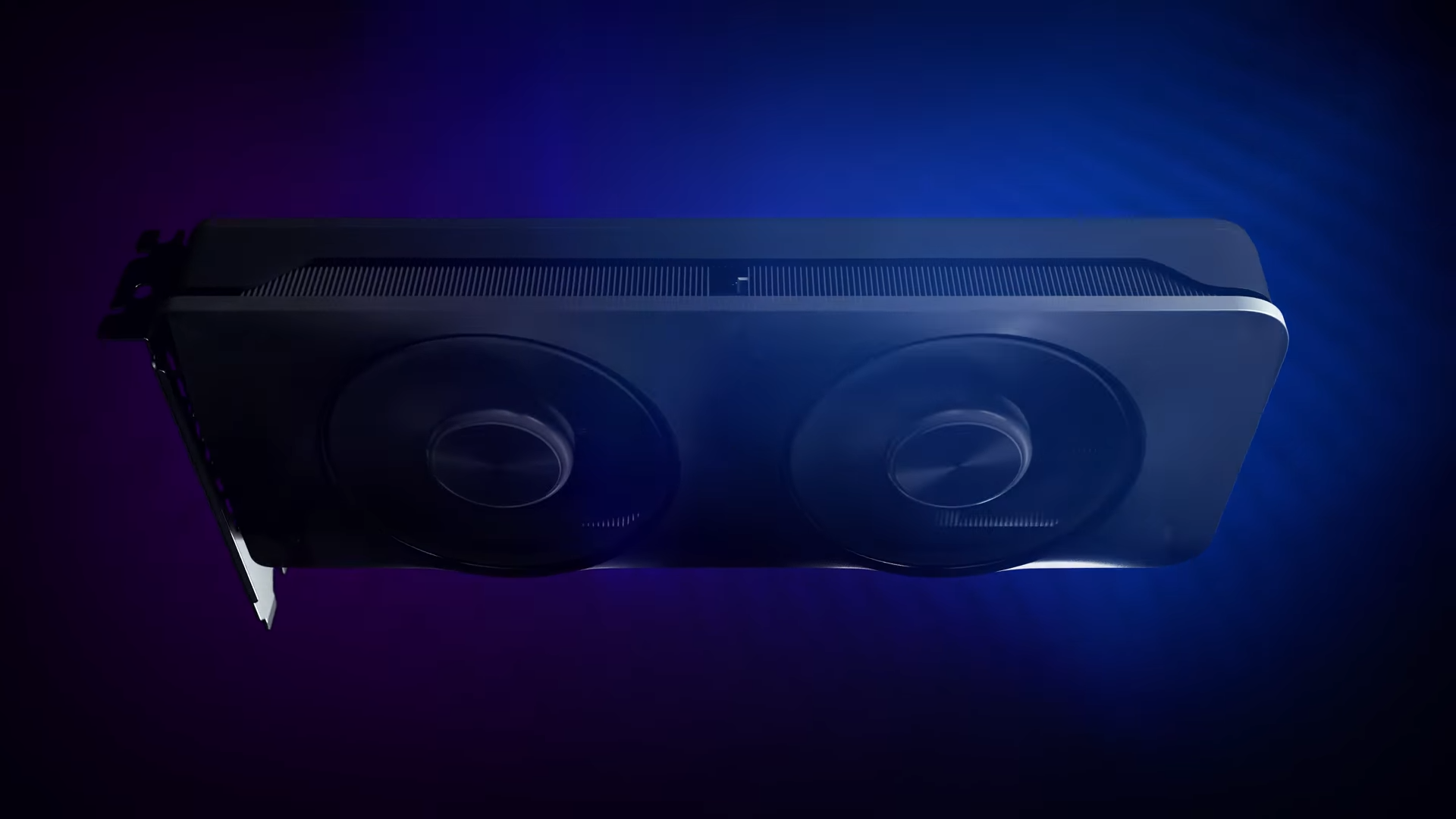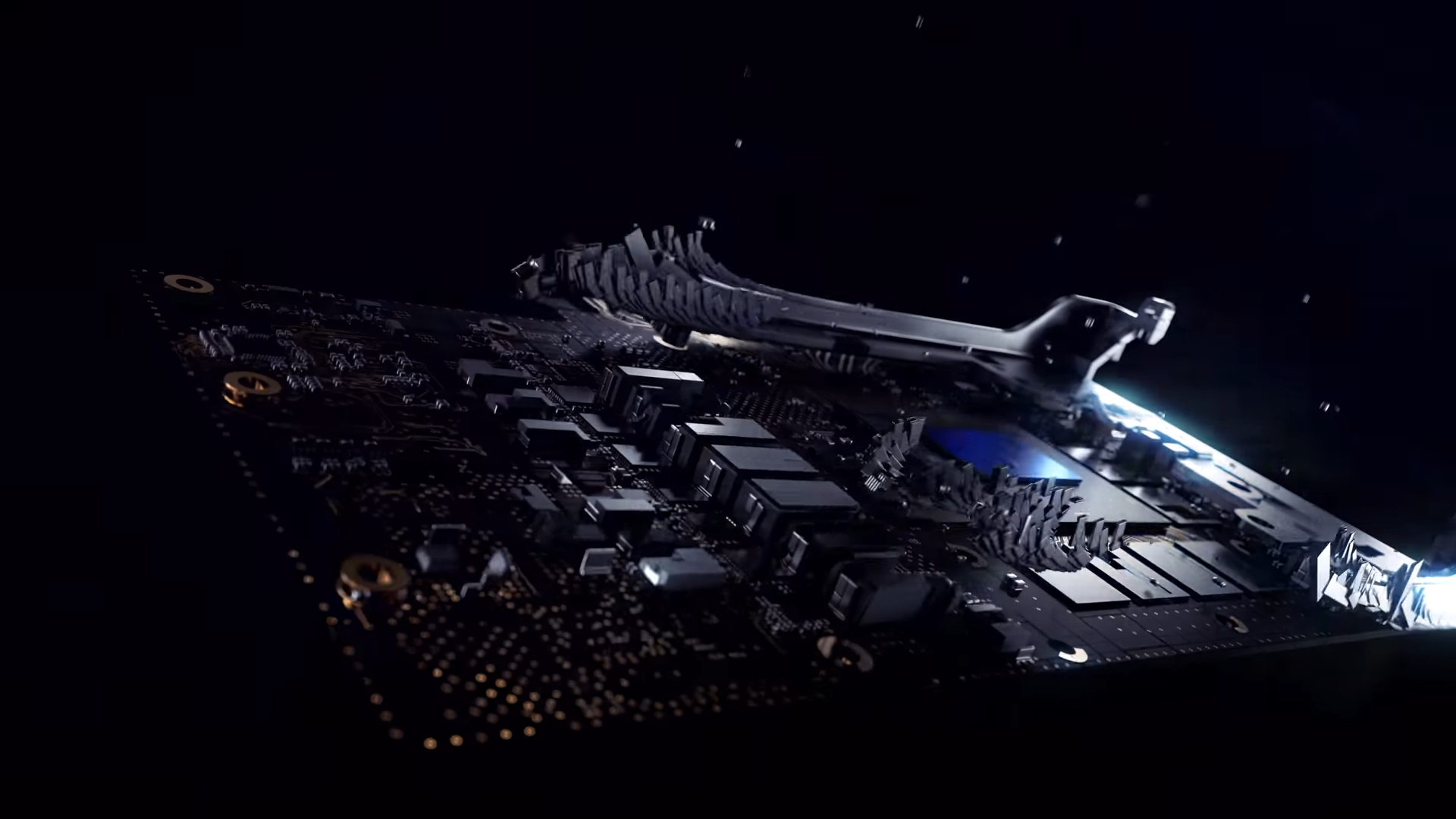First of all, the Arc series of graphics cards ought to be fully-featured models, with support for the full DirectX 12 Ultimate feature set (ray tracing, VRS, mesh shading, sampler feedback) plus DirectStorage and XeSS AI upscaling. That puts them on an even keel with Nvidia in terms of most features, and ahead of AMD who don’t yet have a temporal upscaling solution. Intel detailed some specs for each of the five models announced thus far, including the number of Xe cores, ray tracing units and GDDR6 memory allocation. Given the relatively rapid scaling between families - we see a doubling of core count and VRAM from the top Arc 3 model to Arc 5, then another doubling to the top Arc 7 model - we could start to see very impressive performance from those top-end models. In terms of performance, we got our first look at expected frame-rates for the A370M in a range of games. Intel quoted frame-rates of 60fps or higher at 1080p medium settings in games like Hitman 3, Doom Eternal, Destiny 2, Wolfenstein Youngblood and The Witcher 3. In esports games like Fortnite, Rocket League and Valorant, the A370 is capable of delivering 90 to 115fps when paired with a Core i7-12700H, which is pretty respectable. These results look to place the A370 in the region of the desktop GTX 1050, although with so many different confounding factors (detail settings, game scene selection, CPU and RAM pairings), it’s hard to say for sure without having the hardware on-hand. We got to see some early XeSS results as well, with 4K side-by-sides of an unreleased sci-fi game called Dolmen. It’s hard to read much into this, given YouTube compression and the fact it’s not a side-by-side comparison, but there’s clearly more detail evident in the XeSS upscale without any noticeable visual artefacts. For what it’s worth, we’ve snuck a zoomer in below if you want to swap quickly between the two shots to see the differences. XeSS is set to be supported in ‘more than 20 games’ when it launches in early summer, including Shadow of the Tomb Raider, Grid Legends, Ghostwire Tokyo, Death Stranding Director’s Cut, Bloodhunt, Chorus, Arcadegeddon, Chivalry 2, Hitman 3, Enlisted, Super People, The Settlers, Anvil and the aforementioned Dolmen. Intel also showed off the new GPUs’ content creation chops. One demo involved AI-accelerated AI upscaling via Topaz Video Enhance AI, where an A370M was 2.3 times faster at AI upscaling than an integrated Iris Xe graphics chip from a last-gen Intel laptop. Team Blue also announced that its Arc GPUs would be the first in the industry to support AV1 decoding and encoding; existing AMD and Nvidia designs only support AV1 decoding. AV1 is a super-efficient video codec that can offer smaller file sizes at the same quality, or better quality at the same file size, so these laptops could be savvy choices for content creators producing videos or streaming games. Similarly, Intel claimed that using various acceleration technologies in its new discrete GPUs boosted encode times by 31 to 60 percent in applications like Cyberlink, DaVinci Resolve and Handbrake. Intel’s stream also included a look at its new software control centre, fittingly named Control. Like Nvidia’s GeForce Experience or AMD Software Adrenaline Edition, you’ll be able to download and install game drivers, tweak GPU performance, streaming tools and so on. And unlike Nvidia’s offering, it’ll be usable without a login - hurrah. Finally, that Intel Arc desktop GPU tease - there’s not much to go on here, but we can see a more advanced design than the DG1 card that was shipped out to developers, with two fans and a bigger, fully-loaded PCB. Interestingly, this video is entitled ‘Limited Edition Reveal’ on the Intel Arc site, which suggests that other designs are also planned. It’s all exciting stuff, and we’re looking forward to testing out Intel’s first Arc designs in the flesh - hopefully, first on laptops and then on desktops. The revitalisation of AMD has been great for consumers, and hopefully Intel’s entrance to the discrete graphics space will increase competition further. After a long few years of sky-high graphics card prices, that could be exactly what we need.

